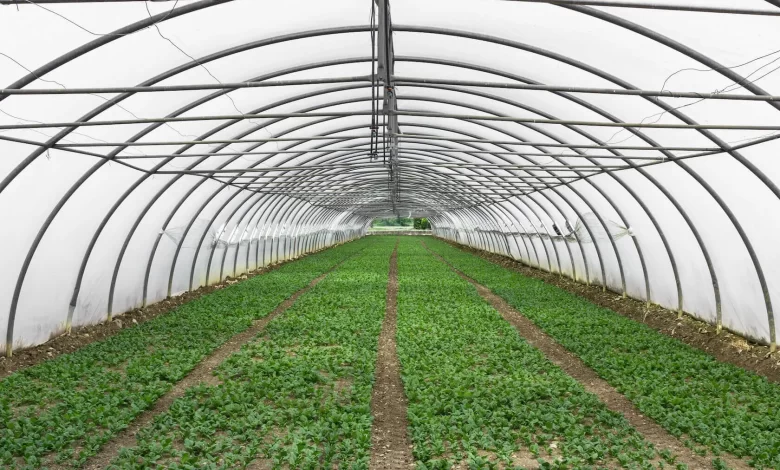Frequently Asked Questions about Greenhouse Farming

Here are some common questions and answers about the problems of greenhouse farming and how to overcome them:
What are the common problems of greenhouse farming?
Greenhouse farming can be challenging due to various problems such as pests and diseases, inadequate ventilation, temperature fluctuations, and poor soil quality.
Pests and diseases can spread easily in the controlled environment of a greenhouse, and can damage plants if not identified and treated promptly.
Inadequate ventilation can lead to high humidity levels, which can create a breeding ground for pests and diseases.
Temperature fluctuations can also cause stress to plants, affecting their growth and development.
Poor soil quality can result in nutrient deficiencies, affecting the health and yield of crops, according to farmpally.
How can pest and disease problems be prevented in green house farming?
According to Chaktty Akin, preventing pest and disease problems in greenhouse farming requires a proactive approach.
Regular monitoring of plants is important to identify any signs of infestation or disease early on.
Good sanitation practices, such as removing plant debris and cleaning tools and equipment, can also help prevent the spread of pests and diseases.
Using biological control methods, such as introducing predator insects, can be an effective way to manage pest problems without the use of harmful pesticides.
Regularly rotating crops and using disease-resistant varieties can also help prevent disease problems.
How can temperature fluctuations be managed in greenhouse farming?
Managing temperature fluctuations in greenhouse farming requires a combination of techniques.
Proper ventilation is essential to regulate temperature and humidity levels.
Automated systems, such as fans and vents, can be used to maintain optimal conditions.
Installing shade cloth or using reflective materials can also help regulate temperature.
Using thermal curtains or insulation can help retain heat during colder months. Monitoring temperature levels regularly and making adjustments as needed is crucial to prevent stress to plants.
What can be done to improve soil quality in greenhouse farming?
Improving soil quality in greenhouse farming requires a long-term approach. Regular soil testing can help identify nutrient deficiencies and pH imbalances.
Adding organic matter, such as compost or manure, can improve soil structure and increase nutrient levels.
Using cover crops can help build soil fertility and increase organic matter.
Avoiding over-fertilization and using slow-release fertilisers can also help prevent nutrient imbalances.
Implementing crop rotation can help reduce soil-borne diseases and pests, and maintain soil health over time.
How can greenhouse farmers ensure proper ventilation in their facilities?
Ensuring proper ventilation in greenhouse facilities requires careful planning and design, chaktty said.
Installing fans, vents, and louvres in strategic locations can help create air movement and regulate temperature and humidity levels.
Using automatic systems, such as temperature and humidity sensors, can help control ventilation and maintain optimal conditions.
Monitoring ventilation regularly and making adjustments as needed is important to prevent the buildup of humidity and carbon dioxide levels, which can be harmful to plants.
Properly sealing the greenhouse and insulating it can also help maintain consistent temperature and humidity levels.
Conclusion
In conclusion, greenhouse farming is a popular and effective way of growing crops, but it is not without its challenges.
The three main problems faced by greenhouse farmers are pest infestations, temperature control, and nutrient management.
However, there are several ways to overcome these issues and ensure a successful harvest.




